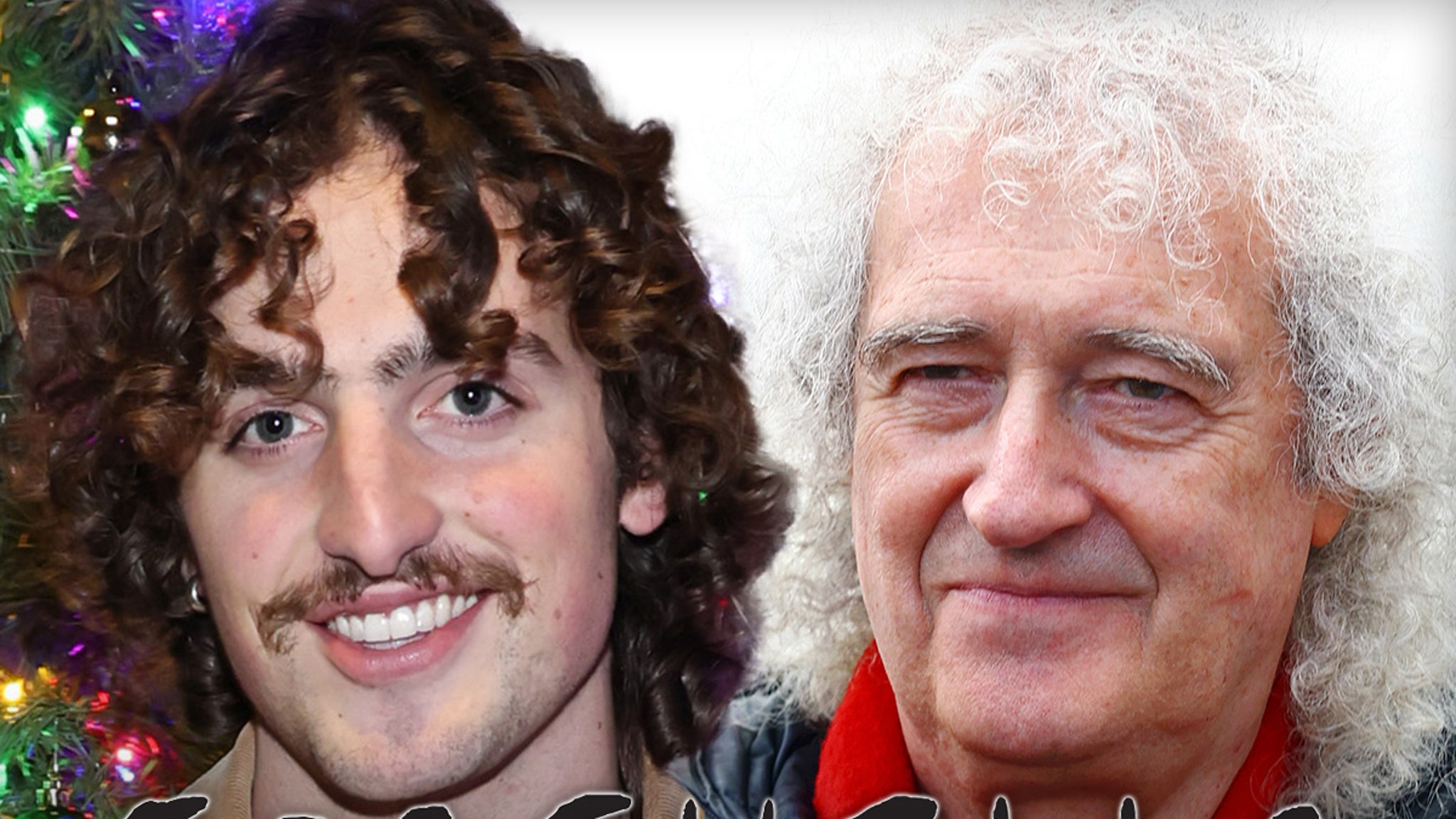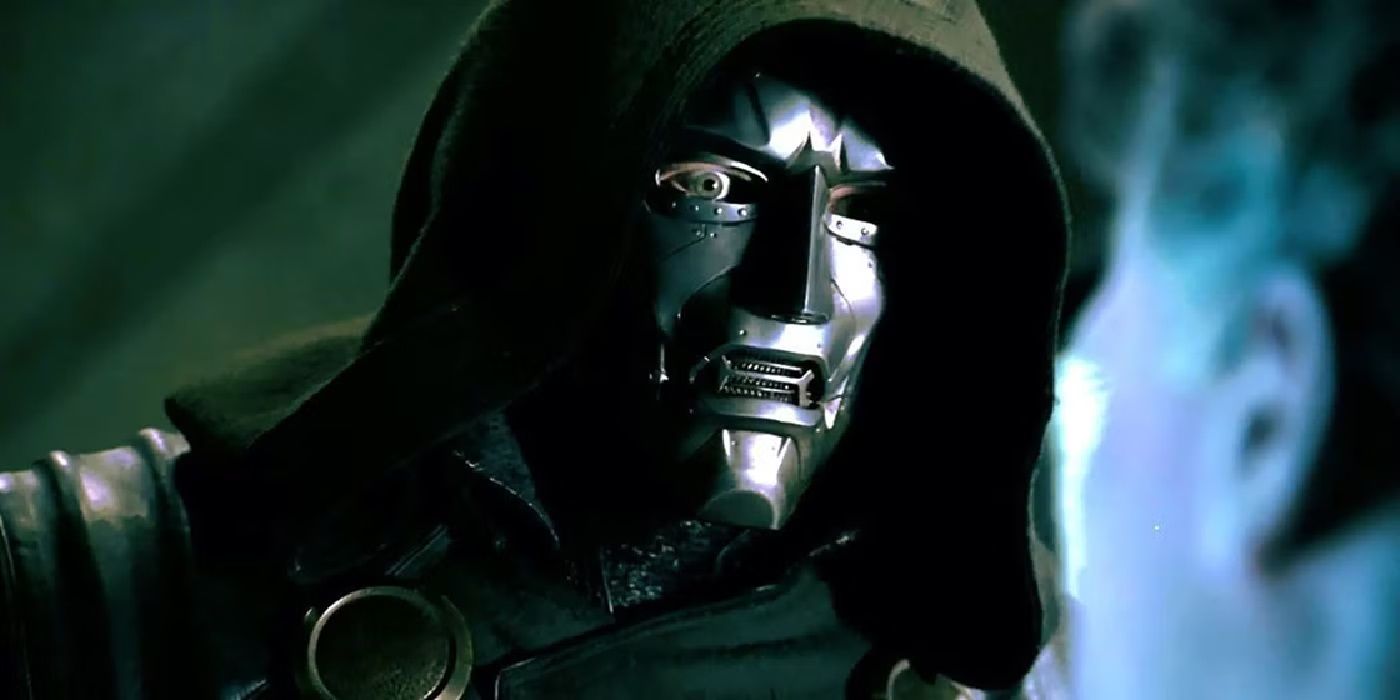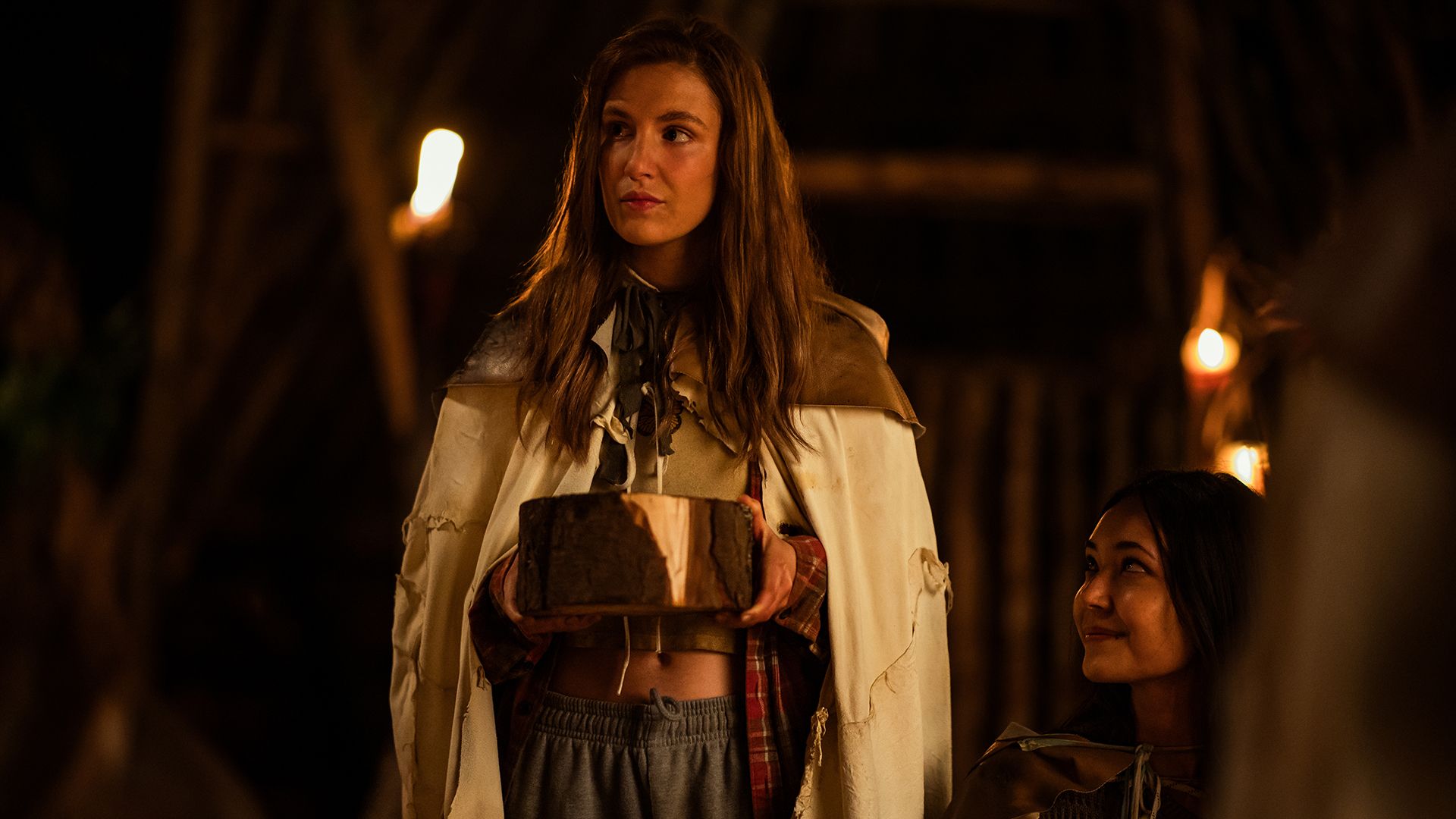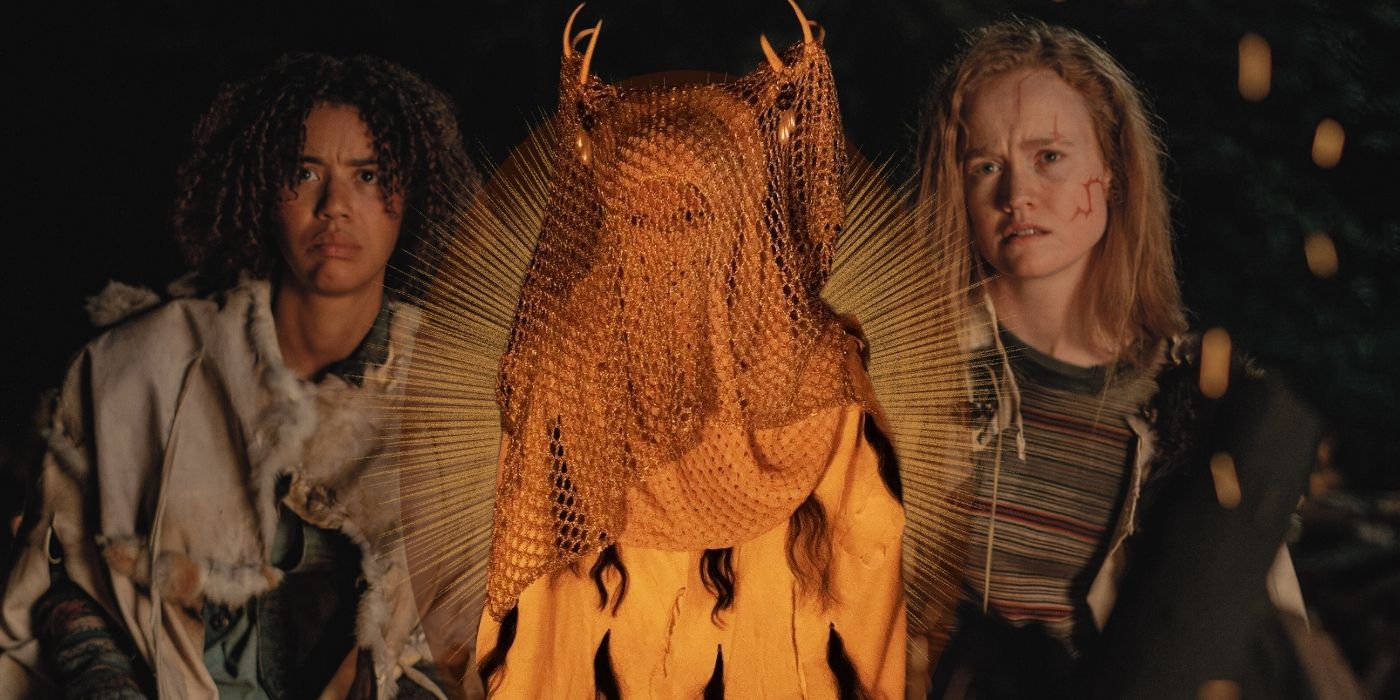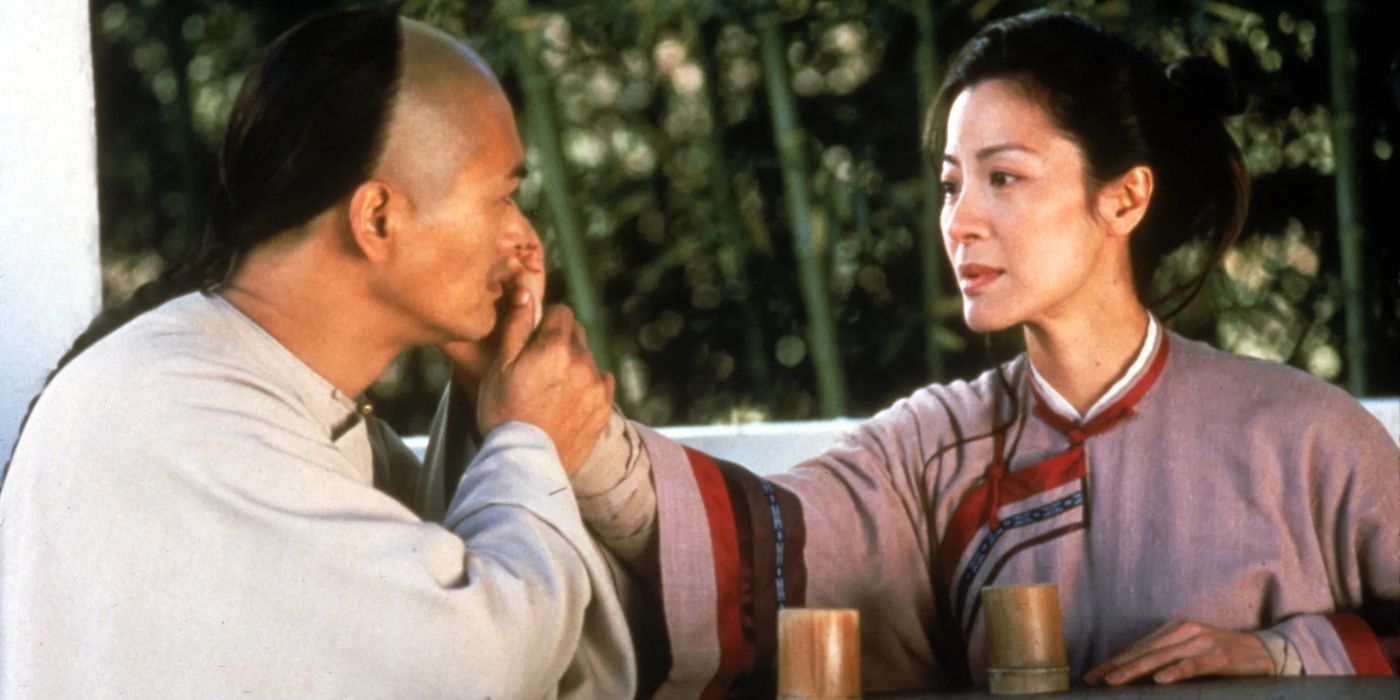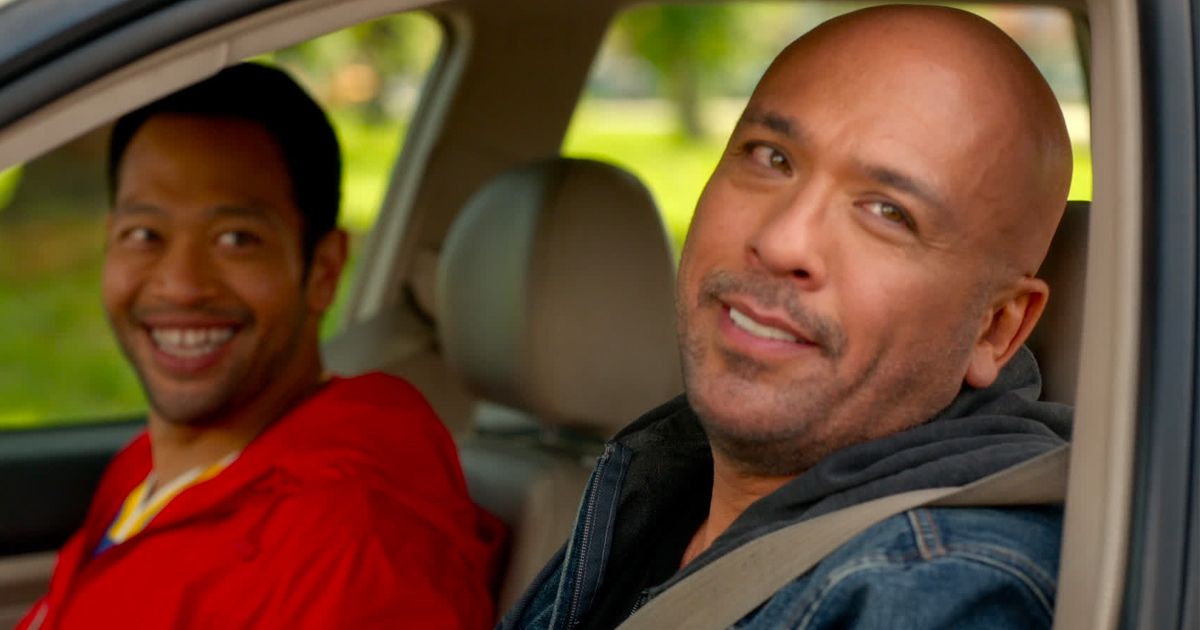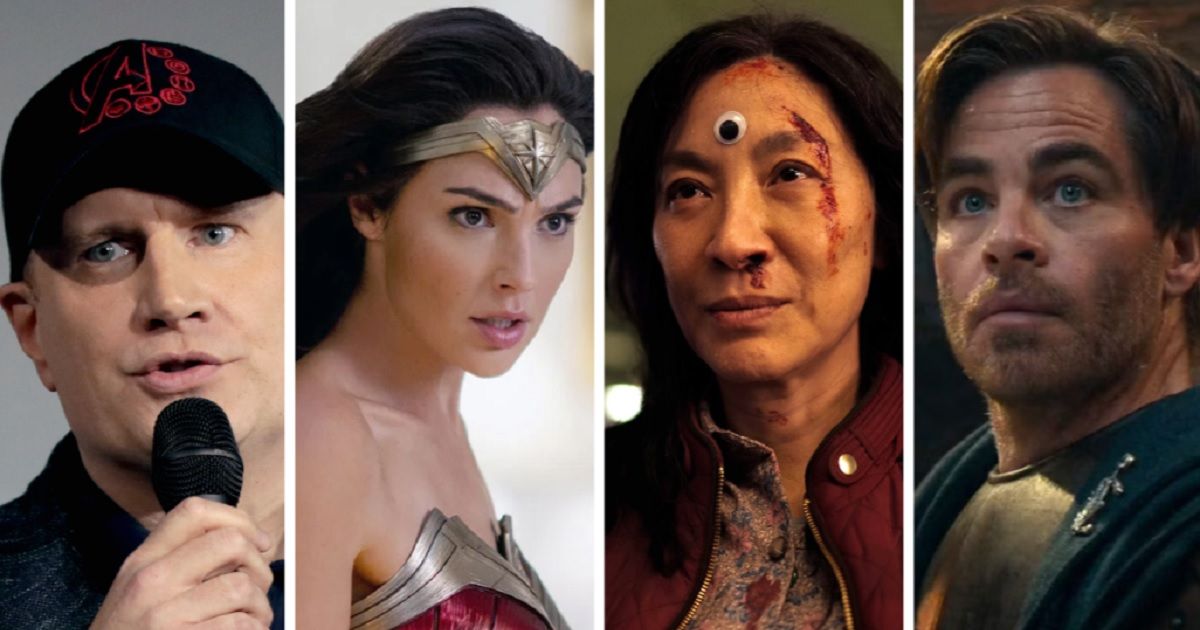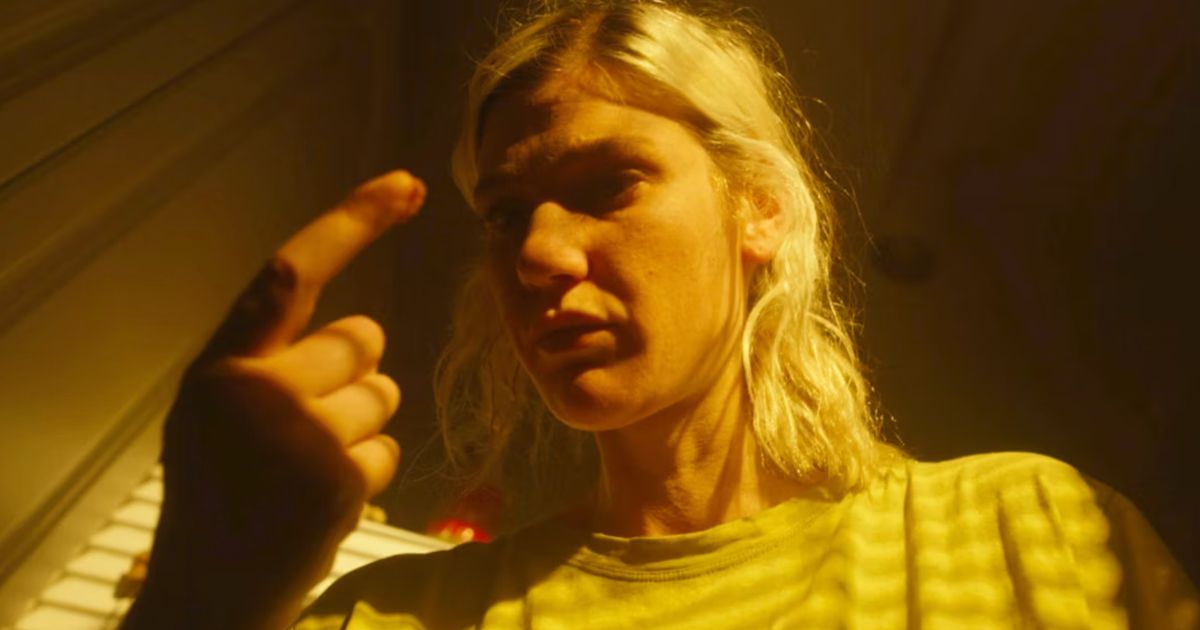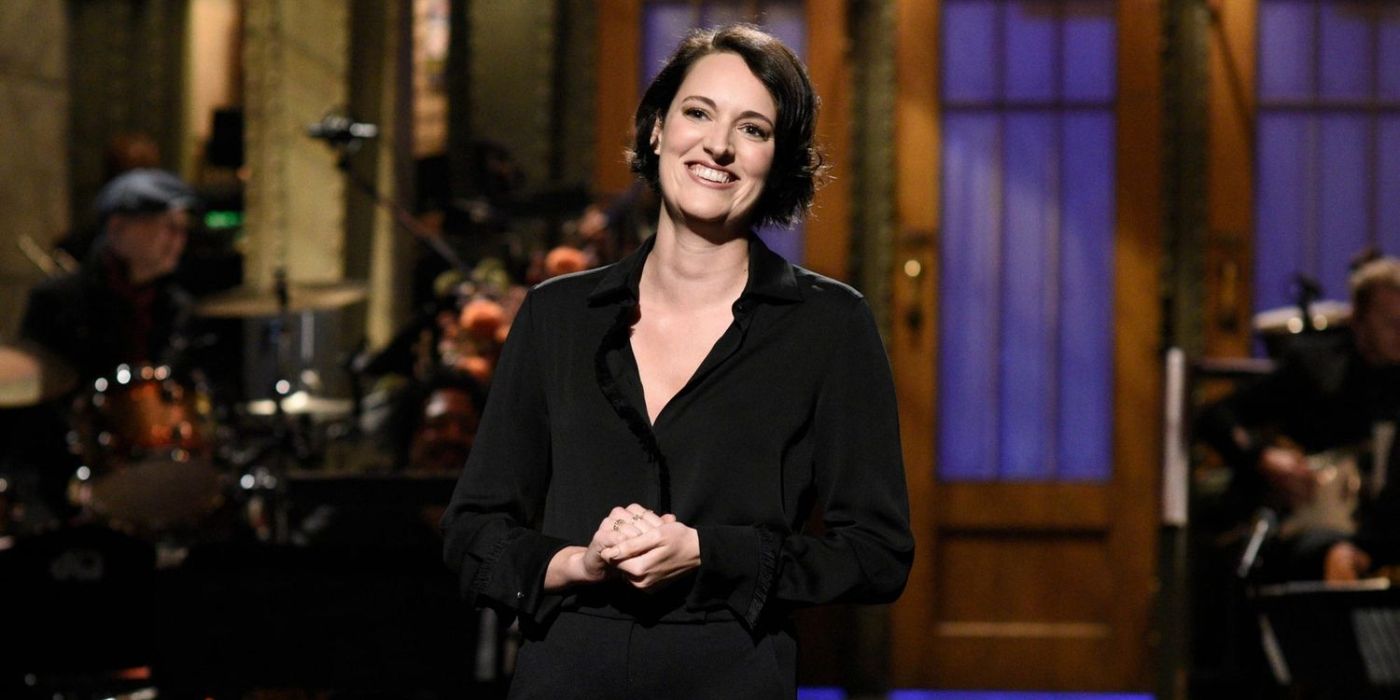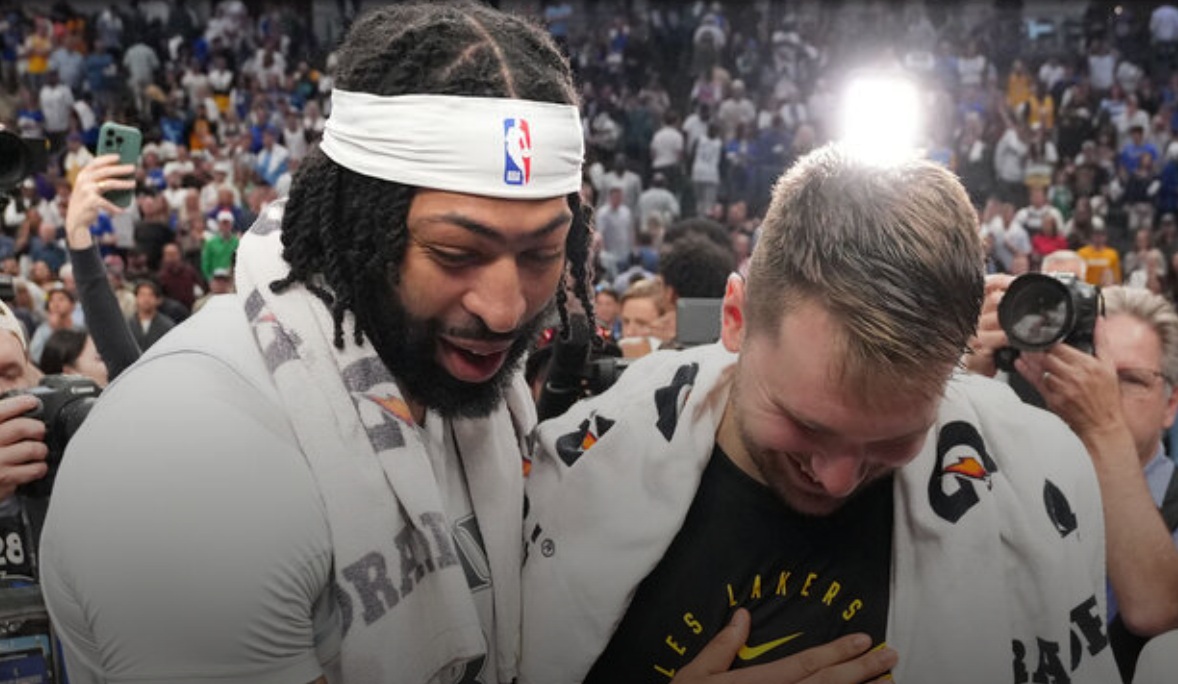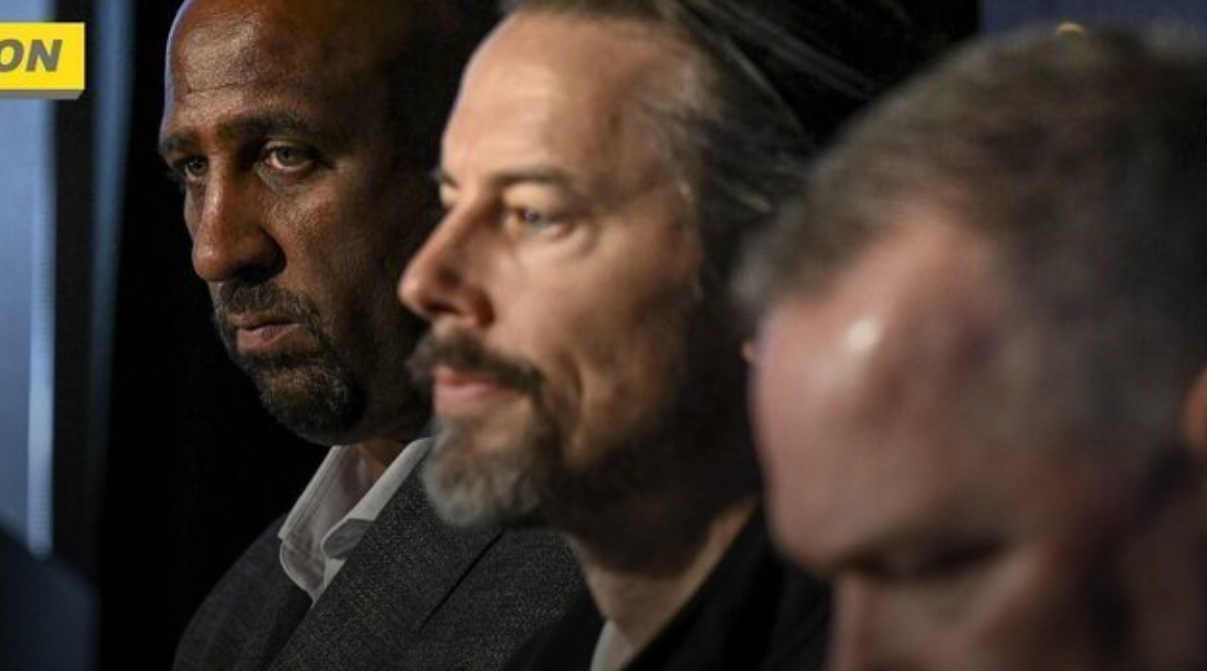Stan Lee narrates his own amazing life story in a fun and creatively produced documentary that purposely skirts controversy. Director David Gelb (Jiro Dreams of Sushi, Chef’s Table) celebrates the 100th anniversary of Lee’s birth with a breezy retrospective of an extraordinary man. Models, animation, audio recordings, and extensive archival footage are used to paint a wholesome picture of a beloved cultural icon. Lee takes you from his impoverished childhood through the decades of building Marvel Comics to a household brand. It’s a Wikipedia approach that doesn’t delve too deep but gives an adequate and enjoyable summary of greatness.
Stan Lee appears with his mustache, dark glasses, and warm, fatherly smile. He recounts staring at a fly crawling on the wall as a boy. He imagined a hero with incredible powers but not unlike the average person. They would need a job, pay bills, and deal with everyday stress. Lee wanted stories for the real world. He begins by explaining how having daily work became the defining focus of his childhood.
MOVIEWEB VIDEO OF THE DAYSCROLL TO CONTINUE WITH CONTENT
Stanley Martin Lieber was born in 1922 to Eastern European immigrants on Manhattan’s Upper West Side. They were desperately poor during the Great Depression. His father, a dress cutter, was unemployed for most of Lee’s youth. He comments on feeling great pity for a man who struggled to provide the basic necessities for his family. Lee got a job as soon as possible. He toiled as an office boy fetching coffee and water for salesmen at a trousers factory. Lee claims he would have worked there his entire life if he hadn’t been fired.
Comic Books for All Ages
Disney
The ’30s brought an opportunity that would set the course of history. Lee was hired at 16 to work for Joe Simon and Jack Kirby at Timely Comics. He did everything from mopping the floor to writing copy. Lee had been a voracious reader as a child. He carried around a briefcase to look like a writer. Lee idolized the matinée star Errol Flynn and his swashbuckling adventures. It was easy for him to churn out simple stories of heroic deeds. Captain America was their biggest seller. The Nazis were perfect villains even before the start of World War II. But Stanley Lieber felt embarrassed writing such juvenile material. His first name became his pen name.
1941 was a pivotal year for Lee and the country. Pearl Harbor thrust the United States into global conflict. Lee enlisted but didn’t find himself on the battlefield. He consolidated finance textbooks into comics to help the training process. Soldiers got their paychecks faster. This was the “aha moment” where Lee realized that comic books could be geared towards older audiences. He returned to Timely Comics, now Atlas Comics, as chief writer and editor. Lee had carte blanche power from publisher Martin Goodman to take the company in a new direction.
Related: 25 Best Documentary Movies of 2022, Ranked
Gelb goes granular during this pivotal period. Lee married vivacious British hat model Joan Boocock and started a family. Interviews have them both admitting to living above their station. They enjoyed traveling, fancy cars, and dinner parties as socialites. Lee was still ashamed of his occupation. The return of Jack Kirby allowed Lee to craft more adult oriented stories. The Fantastic Four embodied a new kind of superhero team. Sue Storm had her own powers and was the equal of her fiancé Reed Richards. The Thing had tremendous strength but turned into a rock monster. He felt ugly and alone. The Human Torch, a teenager, dealt with bullying. The villain, Dr. Doom, wasn’t purely evil. Lee wanted comic books with shades of gray. The world wasn’t black and white. His characters needed to reflect real problems. Lee laughs at having The Fantastic Four evicted from their headquarters for falling behind on the rent.
A Victory Lap in Blockbuster Cameos
Marvel Studios
Disney
Lee and Martin Goodman chose Marvel Comics as their new name. The hiring of artist Steve Ditko in the ’50s led to transformative success. Lee slyly placed a superhero Goodman rejected into the final issue of “Amazing Fantasy.” Peter Parker was a teenager living with his aged aunt. He had no money, was constantly berated by his boss, and branded a villain despite heroic deeds. The ’60s needed someone reflective of the changing times. Spider-Man became the hit that solidified Marvel and Lee as stars.
Lee speaks frankly about dealing with the Comics Code Authority. The regulatory body approved by publishers sanitized comics. They couldn’t print anything deemed controversial. Lee despised segregation and the Vietnam War. Marvel Comics showed Black characters interacting with White counterparts in a time of societal upheaval. Lee’s Black Panther, an African superhero, shattered boundaries. A great scene has Lee on a talk show with DC Comics editor Julius Schwartz arguing about their audience. Schwartz believed that comic books were meant for children. Lee’s comics were written at a college level understanding. He believed comics had the moral responsibility to teach and educate. Lee garnered a legion of fans in every age group by being sophisticated.
Related: Here’s Every Stan Lee MCU Movie Cameo, Ranked
Stan Lee has two standout traits that divide the film for good and bad. Gelb cleverly uses miniature models to depict key events. We hear Lee’s voice while seeing static figures in the described settings. This effectively frames what’s happening in Lee’s words with a simple visual accompaniment. A 1987 radio interview with Jack Kirby, and Lee as a surprise guest, somewhat addresses the thorniest and most divisive issue, money. Lee created the characters and wrote the comics, but Kirby and Ditko drew them from their imaginations. Marvel Comics held the trademarks. Lee and his illustrators didn’t copyright anything. Ditko believed Spider-Man was his creation. Lee refutes that claim. Spider-Man was his original idea. The film glosses over an ugly turn between longtime collaborators.
Stan Lee’s Positive Outlook
Stan Lee takes a perplexing time jump from the ’80s to 2010. We see Lee on the set of Thor filming one of his many cameos. He basks in adulation of a victory lap well-earned. But there’s scant exposition about Marvel Studios and how Kevin Feige turned their comic books into blockbuster movies. We also don’t get any mention of the previous film attempts that bombed spectacularly. Lee wouldn’t have been diminished by exploring failures. He earned his tremendous success but stumbled along the way. There’s a bit of irony in the documentary ignoring Lee’s own mantra of showing heroes with their problems.
Stan Lee is a production of Marvel Studios and Supper Club. It premiered as a Spotlight Documentary at the 2023 Tribeca Film Festival. Stan Lee is currently available to stream exclusively on Disney+.
You can view the original article HERE.

